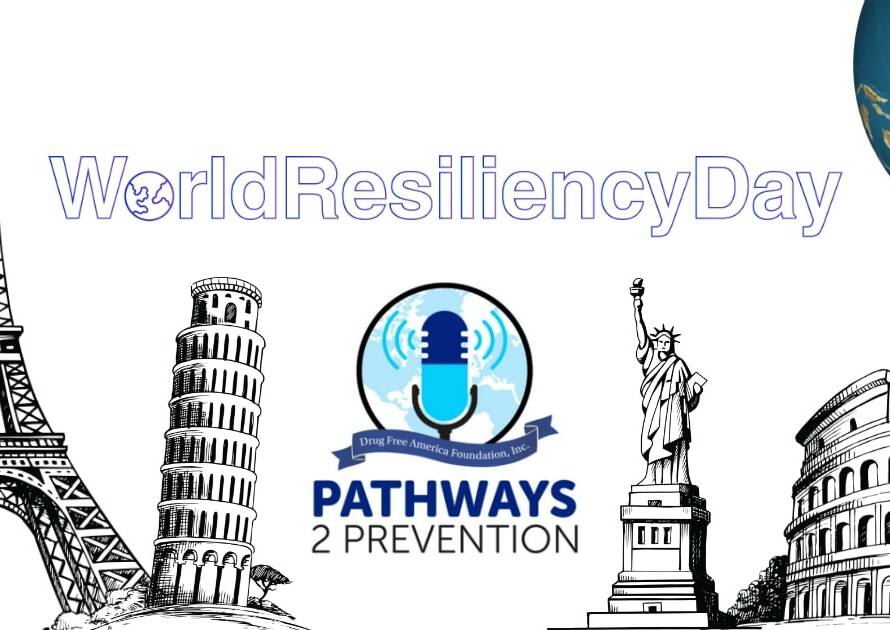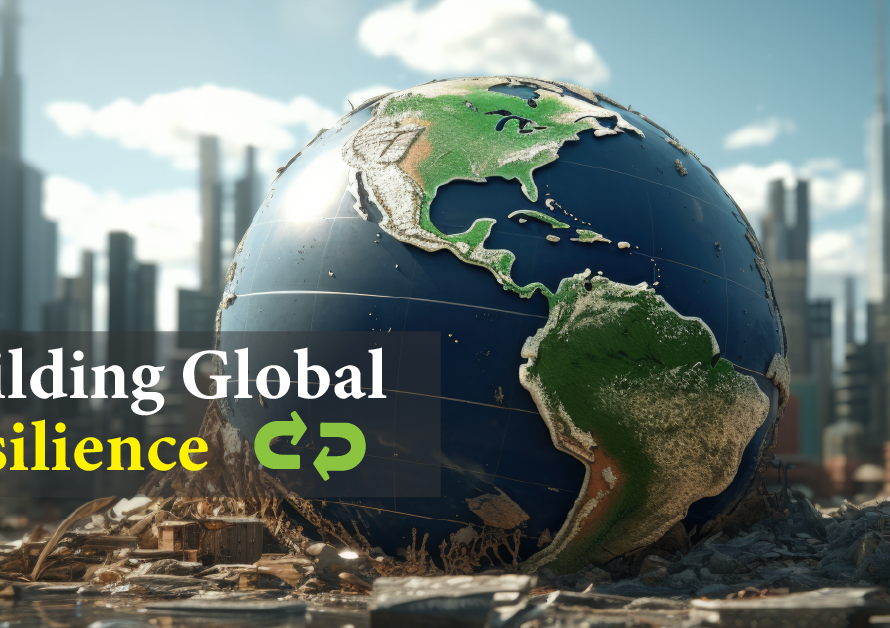Headlines trumpet a growing and desperately under-addressed issue of not simply rapid increased use of substances by youth (of that we are fully aware) but for reasons that only two generations ago were not a significant risk factor.
An alarming report from The Centers for Disease Control says substance abuse is up among teenagers… Doctors say marijuana, alcohol, and other drugs are all being used to help children cope with issues like stress.
Laura Wells, a psychiatric mental health nurse practitioner, says the rise in drug and alcohol abuse among children is something that can start as young as the age of 12…we could be preparing for a significant public health emergency in the future. Studies show choices children make now could follow them into adulthood.
The study shows teens who turned to drugs and alcohol used it relax and cope with anxiety and depression. (WBRC News) The study referenced and published by The Centre or Disease Control (C.D.C.) is a comprehensive look at this concerning development. The following from the Abstract.
A cross-sectional study was conducted among adolescents being assessed for SUD treatment in the United States during 2014–2022, to examine self-reported motivations for using substances and the persons with whom substances were used. The most commonly reported motivation for substance use was “to feel mellow, calm, or relaxed” (73%), with other stress-
related motivations among the top reasons, including “to stop worrying about a problem or to forget bad memories” (44%) and “to help with depression or anxiety” (40%); one half (50%) reported using substances “to have fun or experiment.” The majority of adolescents reported using substances with friends (81%) or using alone (50%). These findings suggest that interventions related to reducing stress and addressing mental health concerns might
reduce these leading motivations for substance use among adolescents.
This alarming study highlights the self-medicating activities of a culture that has not only failed to build resilience into the emerging generation, but also has actively and passively sought to deconstruct those things that do build resilience, whilst aggressively promoting a ‘harm reduction’ couched tacit permission to engage in substance use. The pro-drug ‘grown ups’ in this space have been given a loud and penetrating voice that social media addicted teens swallowing whole.
Of course, in that same period of time, the advent of pharmaceutical therapies to manage and or treat these psycho-social and emotional ailments have also grown.
A therapeutically diagnosed and prescribe chemical intervention can be of benefit in managing these issues, but they at best are a short them, and for the large part, symptom managing intervention.
Late 2023 saw a significant piece of global research released – A global focus study recently published onto the BJPsychOpen platform, discovered, again, what many of us in the resiliency awareness and development space have been privy to for some time. Medicating depression with anti-depressants is not only a short-term band-aid, but an increasingly less efficient one.
The Australian and New Zealand academic collaboration titled: The impact of antidepressants and human development measures on the prevalence of sadness, worry and unhappiness: cross-national comparison posited the following in their Summary, Depressed individuals have received increasing treatment with antidepressants in Western countries. In this study, we examine the relationship among individual symptoms (sadness, worry and unhappiness), human development factors and antidepressant use in 29 OECD countries.
We report that increased antidepressant prescribing is not associated with decreased prevalence of sadness, worry or unhappiness. However, income, education, and life expectancy (measured using the Human Development Index) are associated with lower prevalence of all these symptoms. This suggests that increasing spending on depression treatment may not be as effective as general public health interventions at reducing depression in communities.
And the following further statement by the researchers is as important when they
suggest that. “Alternative ways of addressing depression at a community level might
be more productive.” In a review and commentary that the Dalgarno Institute completed late 2023 in a report that buys into what is being unpacked in the above study. Things That Matter
Most Report drilled down into some of those social determinants that are necessary for communities and their citizens to thrive, not just survive – determinants that build resiliency into the community.
Yet, even a good job, successfully completed tertiary education and stable food and housing seem more and more not to be assuaging the ‘unhappiness’ of a growing young cohort. It is interesting that perceived and very much promoted existential threats weigh heavy on the unanchored psyche, all creating some level of anxiety, sadness, and depression.
There is a staple broad (let’s call it, patient accessible) definition of anxiety and depression. It goes something like this.
“Anxiety happens when you don’t know what is coming next – Depression happens when you cannot control what is coming next.”
In a First World culture where the previously mentioned social determinants for better mental health are in play and working for us, it may very well be the loss of control of me and mine that generates angst and distress, especially when we see civil society fray at the edges.
It is important to note that perceived and ‘need for’ level of control of our environments is what we hope to have, because we believe that enables us to let in or keep out what we determine as valuable. Yet, as we have said in many of Dalgarno Institutes education programs, papers, and articles, we all start life as a ‘wheelbarrow’. Remember a wheelbarrow is an empty powerless vessel that is filled by someone or something else and pushed by someone or something else in the very early formative years of our lives.
So, that shaping can frame everything from what we value, believe, enjoy, fear, and understand to be good or bad. Without going down that ‘rabbit-hole’ of pondering, it remains important to understand that we (you and I) don’t have control, not really. I think this excerpt from the movie Instinct, as pop-psychology leaning as it may be, hits the nail on the head.
The following century old quote by a very high-profile social commentator a widely published and read author Gilbert Chesterton, may shed a little more light on the psycho-social malaise we are being buffeted by.
“The modern world is full of [traditional western] values gone mad…The virtues have gone mad because they have been isolated from each other and are wandering alone. Thus, some scientists care for truth; and their truth is pitiless. Thus, some humanitarians only care for pity; and their pity is often untruthful.”
Looking for a healthier way forward is going to require peaking outside the social determinants on health policy silos.
Of course, we are not advocating for the end of anti-depressant use, as the pharmacotherapy intervention can be a useful and effective interim tool for managing symptoms. This writer can attest to their usefulness in helping me through a short period of severe depression as a young adult, but as a crutch not a stretcher for my dishevelled psyche. The crutch helps us stay upright and moving whilst we address the problem, not just the symptom.
However, what is vital to note, is that this study affirms that this pandemic of sadness and worry has deeper roots and consequently greater investment is needed in broader anthropological arena to bring hope back to the diminished contexts people find themselves in.
Shane Varcoe – Dalgarno Institute.




